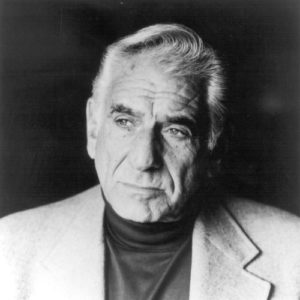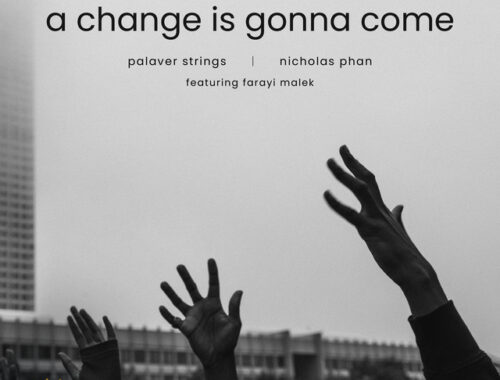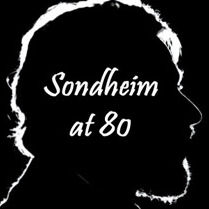London Symphony Orchestra, Rattle, Barbican Hall
Another ingeniously apposite piece of programming from Simon Rattle – but this time the Berlin Philharmonic had stayed in Berlin and a long awaited re-match with the London Symphony Orchestra presented two mighty instrumental canvasses as startling in sonic contrast as they were bonded in spirit. Intimations of mortality dominated the evening and from “out of the depths” first came Messiaen and then Bruckner to address death and the hope of resurrection.
Messiaen’s certainty of both resonated in the beating of bells and gongs and the stunning stridency of winds and whilst Barbican Hall was a long way from the vast cathedral like spaces the composer had envisaged for Et expecto resurrectionem mortuorum the acoustical reach of the music is to some extent written into the score. Those first growlings from the deepest recesses of his wind band (bass tubas and contra-bassoon virtually off the chart of their lowest registers) suggest sonic life where none has existed before while the many and momentous resonances of three tam-tams – the largest of them so enormous as to threaten its own seismic event – seem to move the air beyond the confines of the space.
The litanies and their responses had the LSO woodwinds tripping Messiaen’s light fantastic – into the valley of the shadow of death we danced – and “the great multitude” of the final section had Rattle terracing the “black-Sabbath” gamelan to a trumpet-topped, roof-raising climax – a handful of the most implacable chords in music. Quite something.
Then from “out of the depths” questing horns prefaced Anton Bruckner’s dark night of the soul: the crisis of faith that is his unfinished 9th Symphony. And suddenly one began to wonder to what extent an orchestral sound so very different from that which he lives and breathes in Berlin would colour Rattle’s reading of the piece. For all the tender delineations of harmony in the string writing of the first movement’s second subject group and the great Tallis moment in the Adagio there was little or no evidence here of Rattle’s micro-managed refinements, rather a plain-speaking unvarnished honesty and a precipitous, rough-hewn, grandeur.
Contrasts were brutal in the scherzo’s cosmic dance of death and Rattle withheld nothing in the crushing dissonance that is the symphony’s moment of truth. We took heart from the peaceful coda but duly questioned its finality.
You May Also Like

GRAMOPHONE: From Where I Sit – December 2017
03/01/2018
GRAMOPHONE Review: A Change is Gonna Come – Nicholas Phan/Palaver Strings
09/08/2024